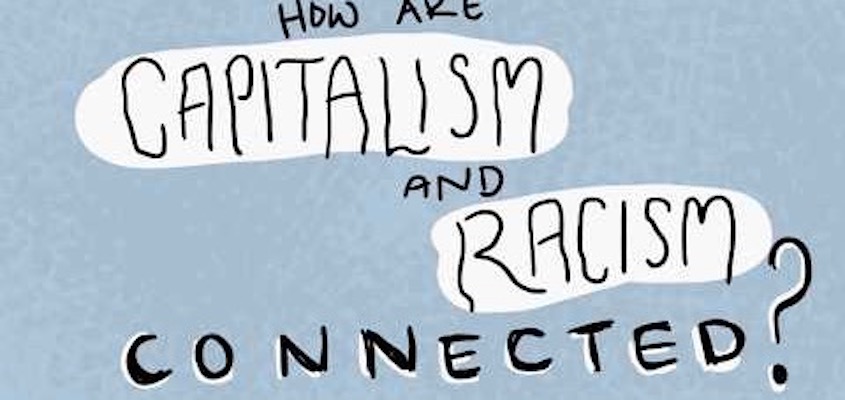(ThyBlackMan.com) With 2017 now in the rear view mirror and an important election year ahead, does Donald Trump stand a chance of remaining president and keeping his party infatuated with power; still cruising past 2018? Let us examine the facts with a view to the 2018 Mid Term Elections.
Trump has Lowest Presidential Approval Ratings Ever
Mr. Trump took office as the least popular incoming President in the last four decades, and continues to break records with his historically low approval ratings. In October, he hit the worst approval ratings for any first-year President in contemporary recollection. A CNN news poll, commonly referred to as “fake news” by Donald Trump, from this December found his approval rating was the lowest of any President at the end of their first year going all the way back to 1981.
As of this writing President Trump has an approval rating of just over 37%. For his entire first year as president, Trump has averaged 40%, which is the lowest mark ever for a president in their first year. President Trump’s unpopularity has spilled over into his party as well, with Democrats winning convincingly in New Jersey and  Virginia, as well as a massive upset for senate in the deep-red state of Alabama. Nevertheless, the results of the 2018 midterms will have an enormous impact on the course of US politics for the next decade — because the once-a-decade redistricting process is coming up. In most states, the governors and state senators who win in 2018 will serve four-year terms and still be in office when the redistricting process takes place in 2021 and 2022. The maps they draw for US House and state legislative districts will be in place through 2030. The momentum for Democrats should continue in 2018 in regards to both Congress and the presidency, for three reasons:
Virginia, as well as a massive upset for senate in the deep-red state of Alabama. Nevertheless, the results of the 2018 midterms will have an enormous impact on the course of US politics for the next decade — because the once-a-decade redistricting process is coming up. In most states, the governors and state senators who win in 2018 will serve four-year terms and still be in office when the redistricting process takes place in 2021 and 2022. The maps they draw for US House and state legislative districts will be in place through 2030. The momentum for Democrats should continue in 2018 in regards to both Congress and the presidency, for three reasons:
History and Divisive Politics
In 16 out of the previous 18 midterms, the president’s party has lost House seats. As was discussed in a previous article by this writer, the historical pattern strongly suggests that the president’s party (any sitting president) is predisposed to face midterm difficulties. Make no mistake about it, President Trump’s victory and subsequent term in office to this point has caused arguably more divisiveness around the nation than any president has in the past 50 years. Trump’s constant immature tweets and actions have created a twofold problem.
The first is that it has led to his hard-core supporters such as neo-Nazis and others on the far-right to feel emboldened. The result of this was clearly seen in the deadly Charlottesville protests in August 2017, which led to three fatalities. Individuals on the fringe of society holding hateful views now feel as though they can come out into the open and express them without facing any consequences whatsoever. It cannot and should not happen, and yet President Trump’s assertion following the protests that “both sides” were to blame which allowed divisive politics to remain at the forefront in the United States. Not only did nearly 60% of Americans disapprove of Trump’s handling of the protests, but his response also led to a condemnation from a United Nations panel as well.
The second problem that President Trump created was a re-energization of Democrats and their party. Specifically, African American women weighed in with a 98% turn out for the Alabama Democratic candidate. Let us examine that election in particular, namely, the senate race in Alabama.
The 2017 senate race in Alabama pitted Republican Roy Moore against Democrat Doug Jones. Alabama had not seen a Democrat in the senate for more than a quarter of a century, and while sexual harassment allegations against Moore had a role to play, what is more significant to point out is the turnout in two key areas: big cities and black voters. This year Democrats celebrated hard-fought victories in gubernatorial races — like New Jersey’s Phil Murphy and Ralph Northam in Virginia. They have gained serious ground in state legislatures from Oklahoma to Washington State. By the way, unless you’ve lived in a cave for the last year you’d know Doug Jones won the Senate election in Alabama.
Democrats have generally had larger numbers in big cities throughout the United States but have had difficulty getting people to the polls. In Alabama this simply was not the case, where turnout was over 30% higher than in the 2014 gubernatorial race. The result? In Mobile Ala, Trump won it convincingly in 2016 election by 13 percentage points; in 2017, Doug Jones prevailed by 12 points. Huntsville was similar as well, with Trump winning by 17 and Doug Jones later winning by the same margin only a year later. Black voters also played a role in Jones’ victory overall as well, with 96% supporting him. That is an astounding level of support, regardless of who the candidate is, and the fact that both urban and black voters came out in force to vote for Jones in what was considered as an easy lock for Moore should give Democrats renewed optimism in 2018.
Throughout the election season, the Pew Research Center and other major polling organizations report a measure that political insiders sometimes refer to as “the generic ballot.” This measure is the percentage of voters in national surveys who say they intend to vote for either the Republican or the Democratic candidate running for Congress in their district. Republicans trail Democrats by 7 percentage points on the generic congressional ballot, according to a new POLITICO poll, the Democratic Party’s greatest advantage on the generic ballot since the poll began examining the query this past spring. Could this be an ominous political harbinger?
Ongoing Mueller Investigation
One of the defining events (of many) that occurred during the 2016 presidential election was the hacking of the Democratic Party and the release of thousands of emails that seemingly catapulted Donald Trump into the White House. After the election an investigation (still ongoing, led by Robert Mueller) was made relative to whether or not Russia colluded with Trump in order to help him win the presidency. Recent information released from a plea deal related to the investigation has revealed that there was openness from Trump’s campaign officials to collude with Russia, and that Trump was in direct knowledge of this as well.
As the ongoing Mueller investigation continues to obtain more and more incriminatory evidence against Trump there may be an even greater case to impeach him. It may seem difficult now with his party controlling both houses of Congress, but if the Democrats can continue their momentum from Virginia and Alabama we may soon witness the first impeachment and conviction which will conclude with the removal from office of a president for the first time in America’s history.
A White House divided against itself will not stand! White House personnel are leaving in droves, consider this: The Trump administration has introduced one of the speediest revolving doors in recent presidential history. The Wall Street Journal reports that the White House under President Donald Trump has seen an unprecedented 34 percent turnover rate in its first year. That number is the highest of any first-year departure rates in the last 40 years. It is also twice as high as in 1981, the next highest, when then-President Ronald Reagan’s administration saw a 17 percent turnover. You think there’s sound management principles at work here?
Unpopular Tax Bill
Last but not least, the unpopular tax bill as well as other failed pieces of legislation should give Democrats even more ammunition heading into 2018. In a recent poll by Monmouth University, only 26 percent of Americans approved of the recently passed tax bill. The main reason? Tax cuts for the rich. In 10 years 98 percent of multimillionaires will get a tax cut whereas only 27 percent of those making $75,000 or less will fare as well. The unpopular tax bill disproportionately favors the rich at the expense of the middle class, and as a result it should not be of much surprise that a majority of Americans are not in favor of it. Combined with the failure of the GOP to pass any sort of health care legislation in 2017, not only does the Republicans’ outlook at keeping both houses of Congress look dimmer and dimmer, but also Trump’s presidency as well. Only time, the God fearing American public and a few more inappropriate tweets will tell for sure. Stay tuned!
Staff Writer; Stanley G. Buford
Feel free to connect with this brother via Twitter; Stanley G. and alsofacebook; http://www.facebook.com/sgbuford.




















Leave a Reply